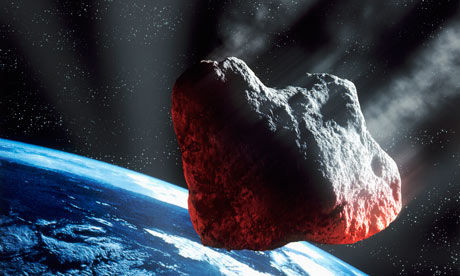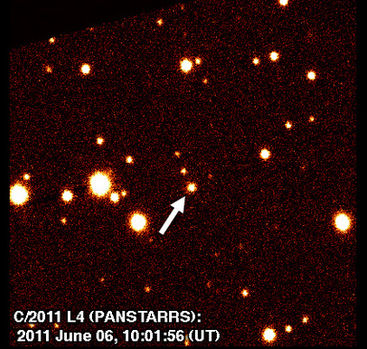On Monday, a small
asteroid is expected to just skirt by earth. An asteroid only comes this close about once every 6 years.
NASA scientists said the meteorite can be briefly seen from earth with a modest-sized telescope.
It will approach its closest point to the earth at 9:30 a.m. ET and over the Atlantic Ocean. NASA scientists don't expect it to hit the earth. Even if does, it'll likely burn up in the earth's atmosphere because it's only estimated to be at most 65 feet wide.
Also, because it's over the Atlantic Ocean, any fragments that do survive the atmosphere probably won't do much harm.
But just how close will this meteorite get?
NASA scientists estimate 7,500 miles, or 12,000 kilometers. This compares to:
distance from New York, US to Mumbai, India - 7,800 miles
earth's diameter - 7,900 miles (in other words, the meteorite will be one earth's width away from the earth)
earth's circumference around equator - 24,900 miles
earth's average distance to moon - 238,900 miles
Below are charts from NASA detailing the orbit of the asteroid in relation to the earth



Comment: There now, don't you feel better? Asteroids are itty-bitty and they only come now and again. No big rocks for a couple million years or so. Back to sleep. But if you are one who prefers to know what's really going on you can start here:
Meteorites, Asteroids, and Comets: Damages, Disasters, Injuries, Deaths, and Very Close Calls